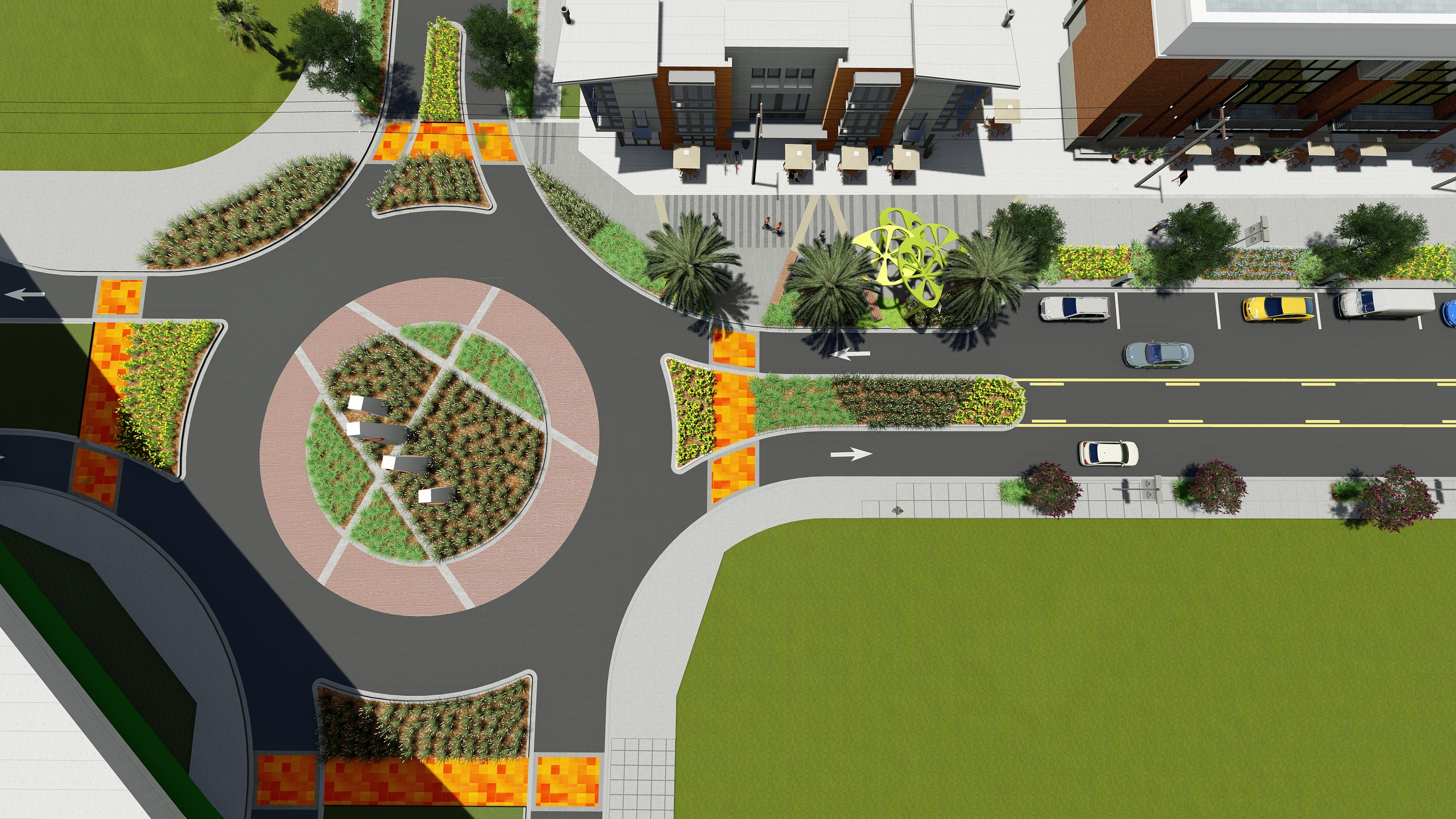
News
By Natasha Riveron, May 24, 2019
The National Complete Streets Coalition is just that—a coalition—and our success is made possible by our many partner organizations. S&ME is one of the newest members of our Steering Committee and we’re proud to welcome them. We sat down with George Kramer, area manager for planning & design, to learn more about their work and what drives their commitment to Complete Streets.
Natasha: Tell me about S&ME. What do you do?
George: S&ME strives each and every day to be a truly interdisciplinary firm with a broad range of disciplines collaborating on the beginning, middle, and end of planning projects (including everything outside of the building envelope). We do that to deliver innovation and value to our client beyond what they might otherwise expect. We are constantly trying to find better ways of planning through that interdisciplinary approach.
S&ME was originally founded in 1973 as a local geotechnical engineering firm. Since then, S&ME has grown to an 1100-person corporation providing planning, transportation, engineering, design, environmental, and construction services that meet the increasingly complex demands of 21st century development.
What kinds of projects has S&ME been doing lately?
We are in the third year of working with the city of St. Augustine, FL on a city-wide mobility effort, and on the third phase of a Complete Streets master plan for their King Street corridor. St. Augustine is the oldest continually established city in the United States. It was originally a walkable, walled city with a great central plaza that functioned as the civic heart. Unfortunately, that plaza’s function has been undermined for the past 100 years.
King Street is the primary east-west gateway into the heart of the city. I believe a Complete Streets approach here has the opportunity to have transformational effects on the city, not only to make it safer for bicycles and pedestrians—there’s also a school for the deaf and the blind located in St. Augustine. It could actually bring back that plaza to function as the great civic space that it was designed to be, which also has great implications for economic development and tourism.
EDITOR’S NOTE: Check out this cool map S&ME is using as a community engagement tool for the King Street project
Why does S&ME use a Complete Streets approach?
I believe Complete Streets and the thoughtful integration of transportation and land use is the most important planning endeavor that exists today. We are committed to that because we know the design of our streets and the value judgements we make can have adverse impacts on vulnerable populations in our community. There are people that don’t have access to cars because they can’t afford it; there are people who have disabilities who can’t drive a personal automobile. When we design streets just for cars, we put them in peril. I believe that is a fundamentally unfair moral paradigm to continue. It’s a social justice issue, and that drives a lot of our approach.
This is also a safety issue, but if you look at bike and pedestrian deaths, they are disproportionately affecting our poorer communities.
Another consideration is aging infrastructure. We need to be smarter about our infrastructure investments. If we resurface a road and that’s all we are looking at, we are spending money and losing a host of potential opportunities to improve the way we are using the space. By taking a more thoughtful approach to these basic infrastructure investments, we can get greater value.
Finally, the health benefits: if we are creating places that are more walkable and bikeable, then we are going to have healthier communities. Even for those of us who have access to a personal automobile, quality of life is improved greatly if we don’t have to drive everywhere and there are great places to walk to.
What do you think is S&ME’s role in the broader effort for safer street design?
It would be easier to be a pure planning firm and say this is how we should do things. But, we have planners and roadway design engineers having tough conversations throughout the process of each project. These are conversations that should be happening at every level. It may be harder with some upfront costs but, we believe, it results in lower long-term costs and better outcomes. That’s how we can truly effect change. I don’t think we’ve succeeded if we are just doing great plans for Complete Streets. For us, Complete Streets is all about working with the community to get great ideas for context sensitive design that is appropriate for that community, and then getting it implemented. That interdisciplinary approach and having those tough conversations internally and externally—that’s how we get good projects implemented.
Why did you and S&ME choose to join the National Complete Streets Coalition’s Steering Committee?
We are really excited to be a part of the Coalition because Complete Streets and the thoughtful integration of transportation and land use are some of the most important efforts in our profession. We are excited to be part of national policy discussions and continue working with cities, counties, and in our case, the Florida Department of Transportation, on Complete Streets work and getting more projects implemented.
 Thank you so much to George Kramer for sitting down to talk with us about S&ME’s work. Partner spotlights shine a light on the great work being done by our member organizations. Learn more about joining the National Complete Streets Coalition ››
Thank you so much to George Kramer for sitting down to talk with us about S&ME’s work. Partner spotlights shine a light on the great work being done by our member organizations. Learn more about joining the National Complete Streets Coalition ››
Related News

© 2025 Smart Growth America. All rights reserved
Site By3Lane Marketing













